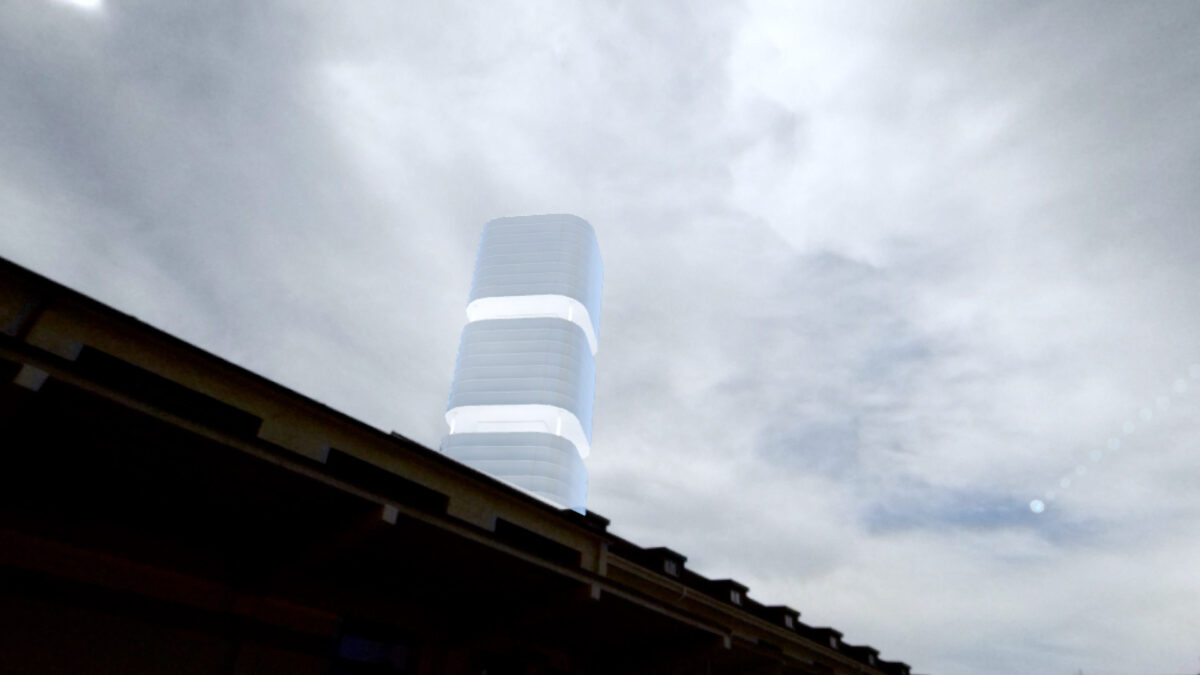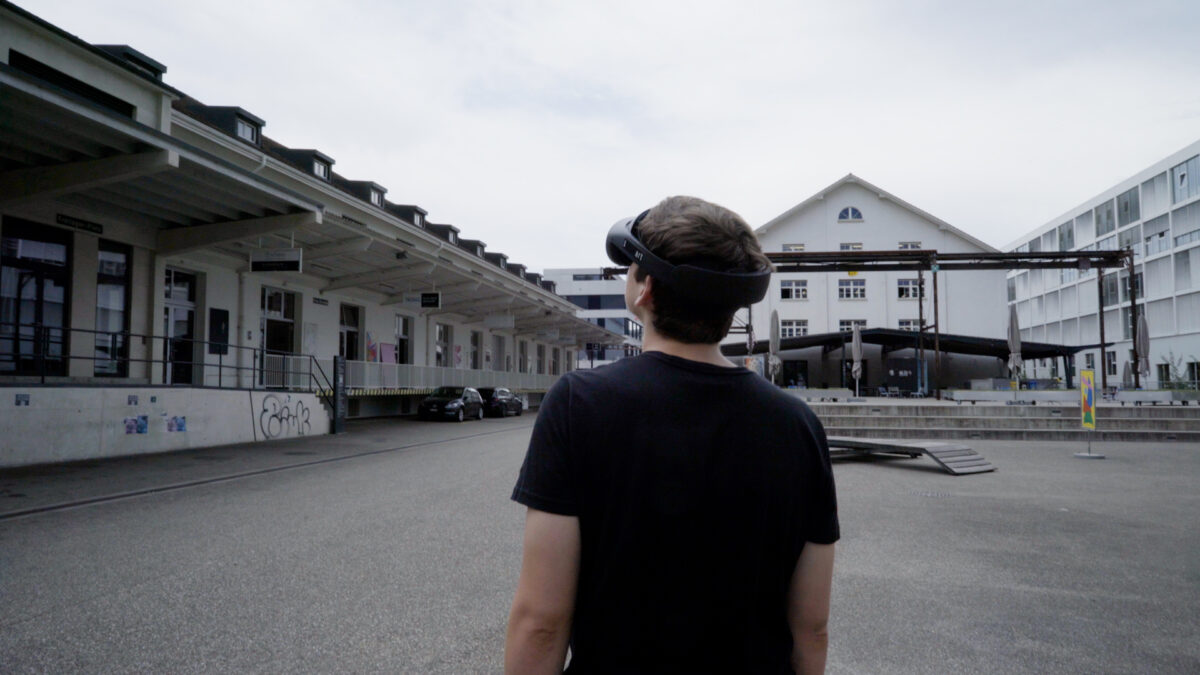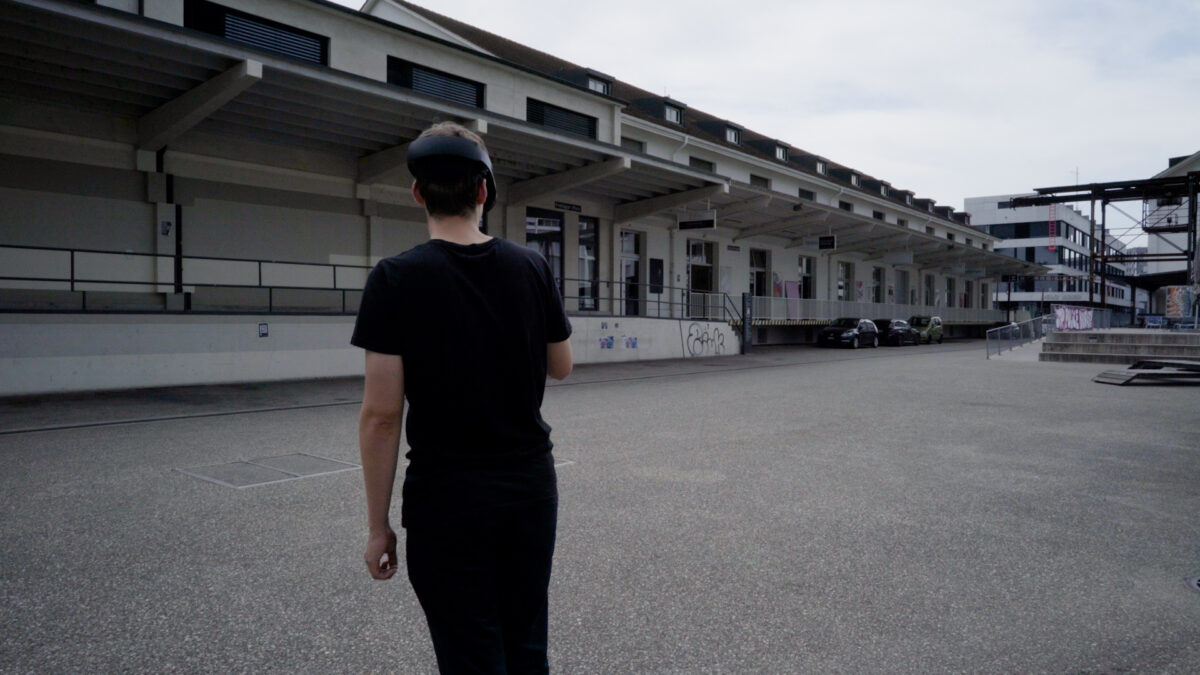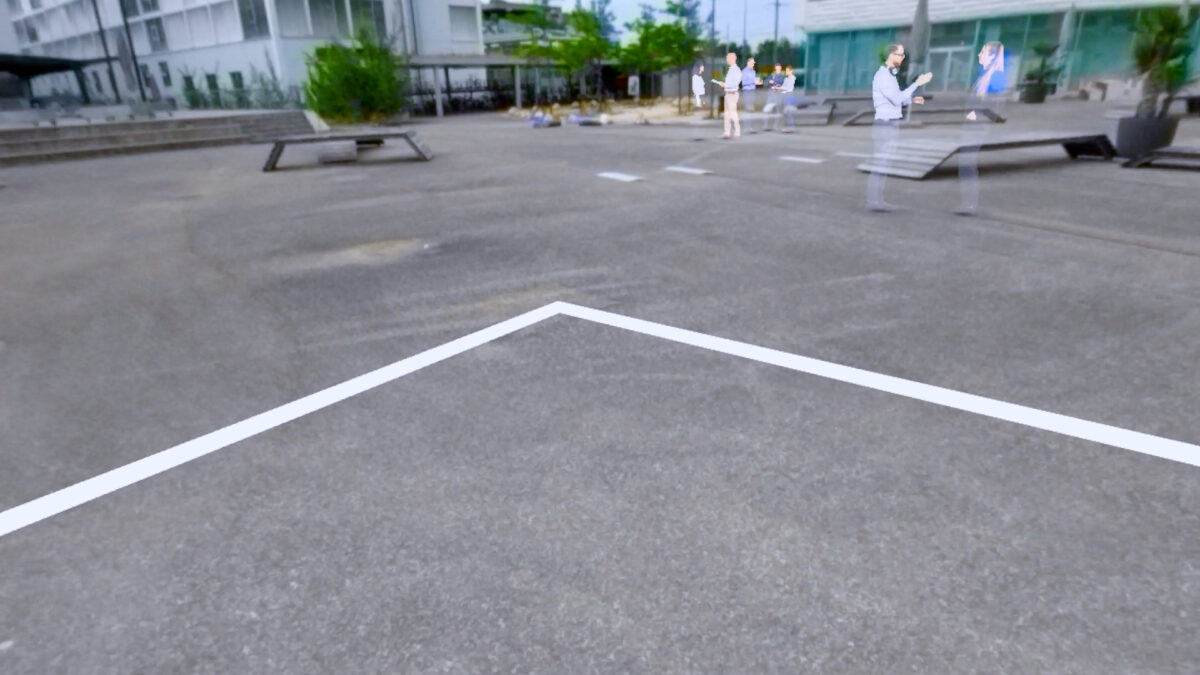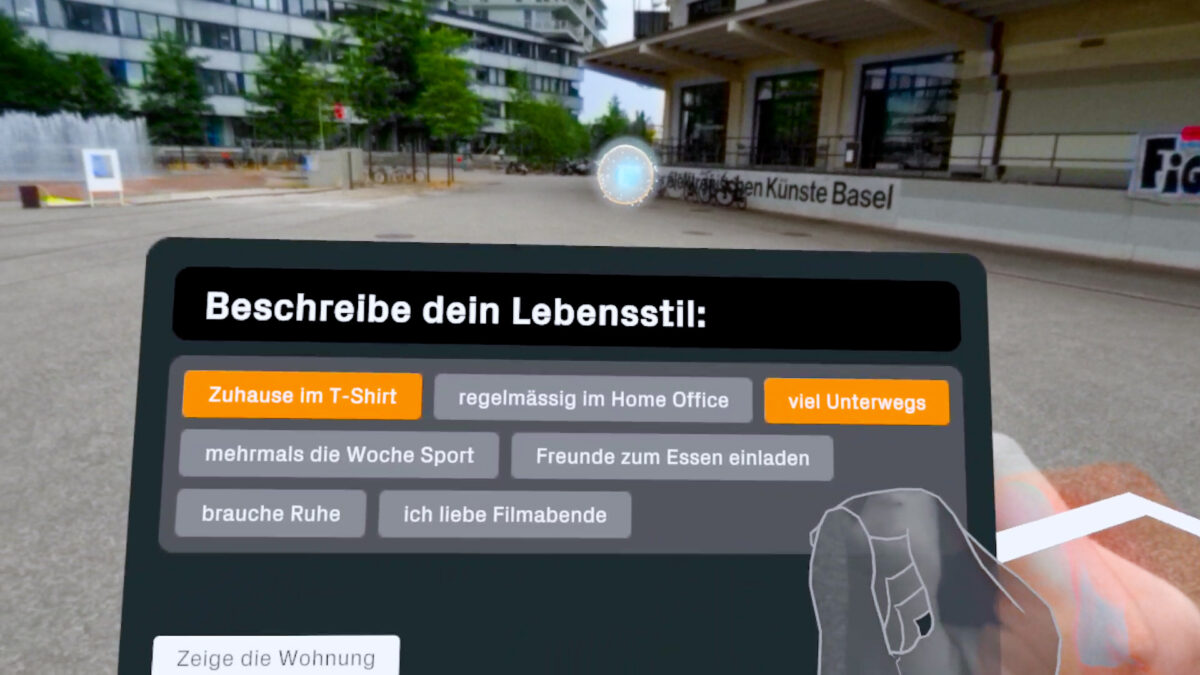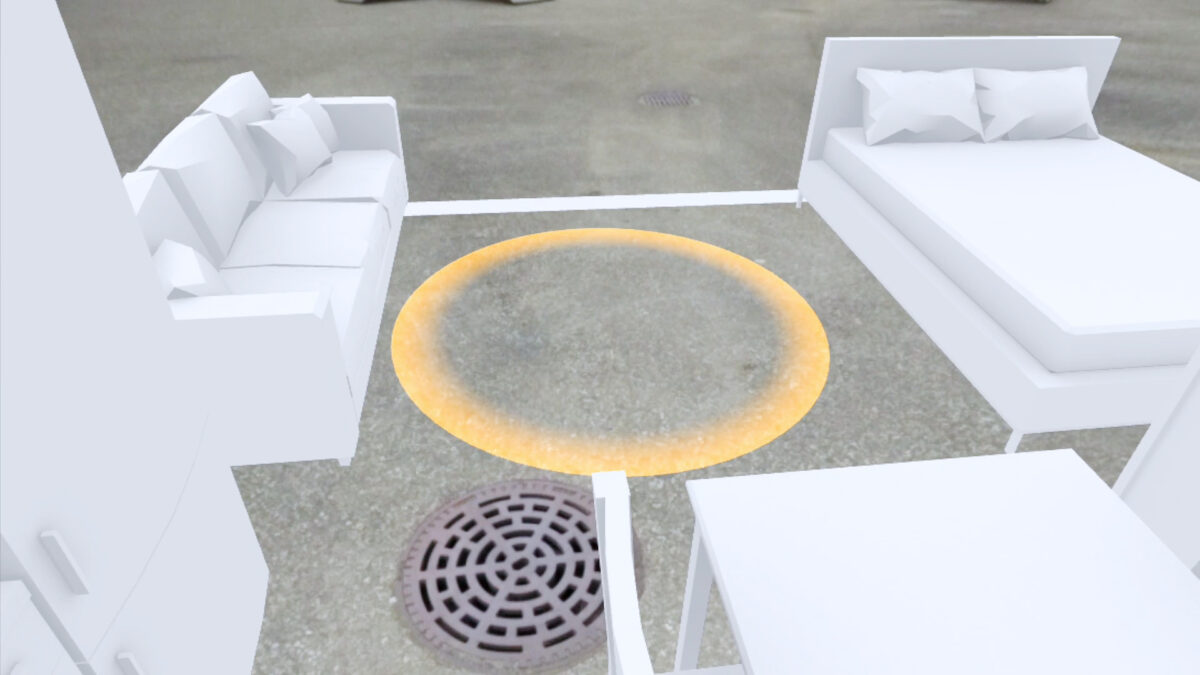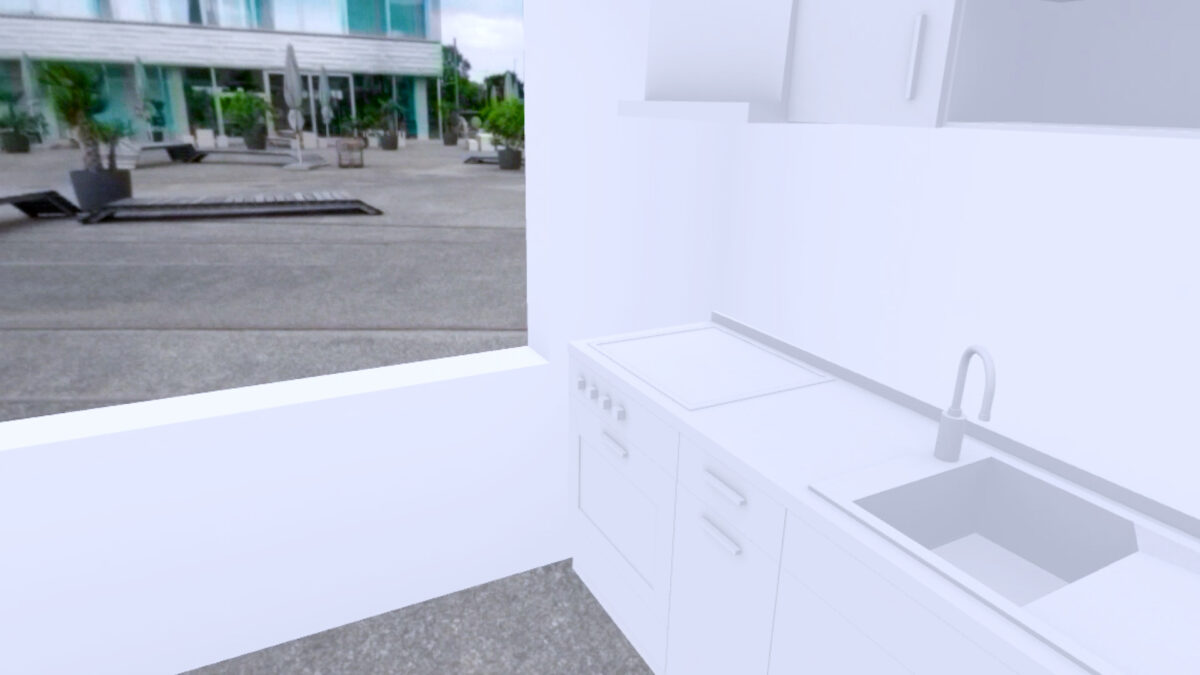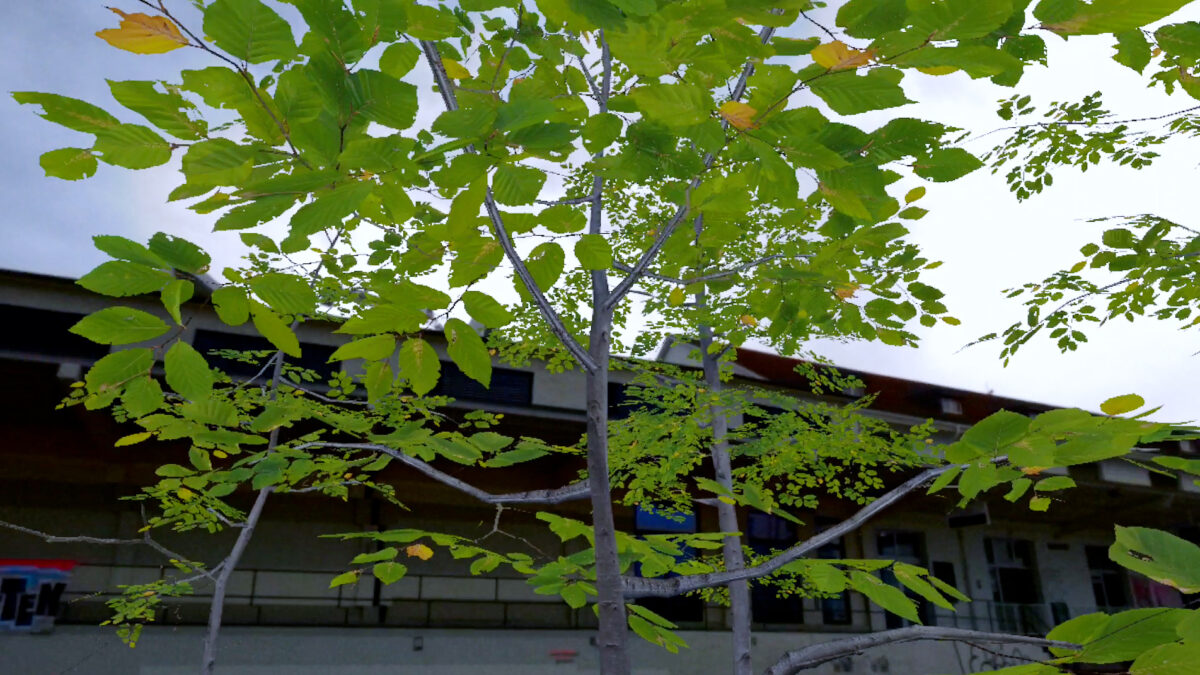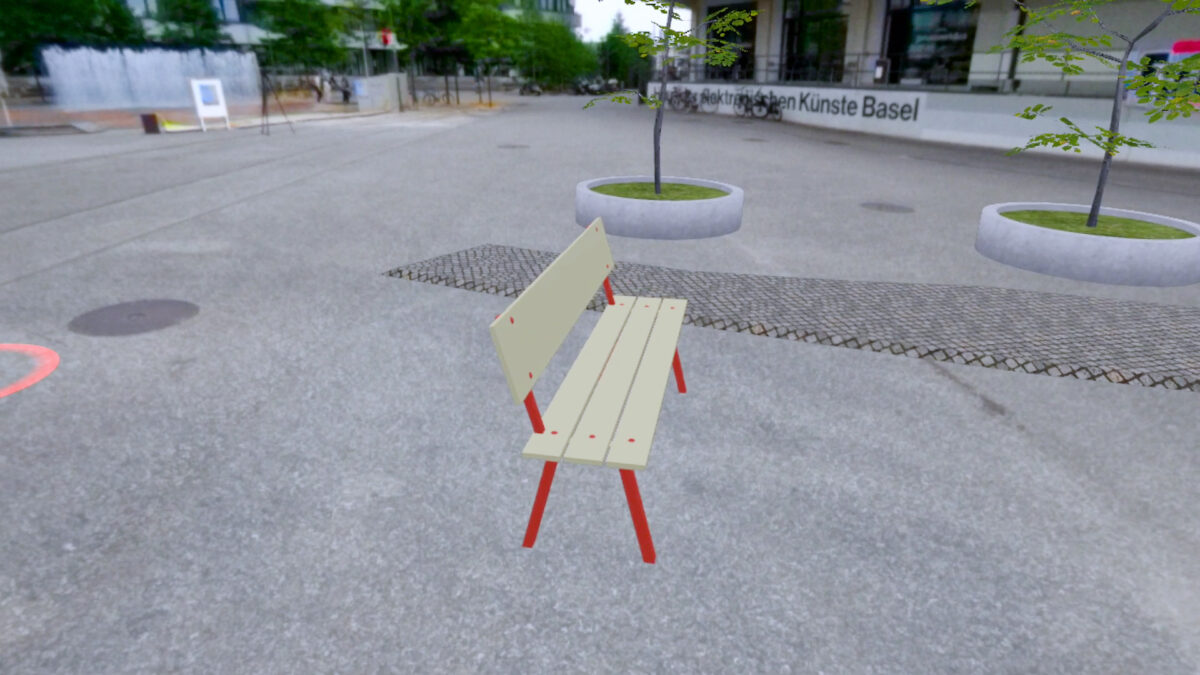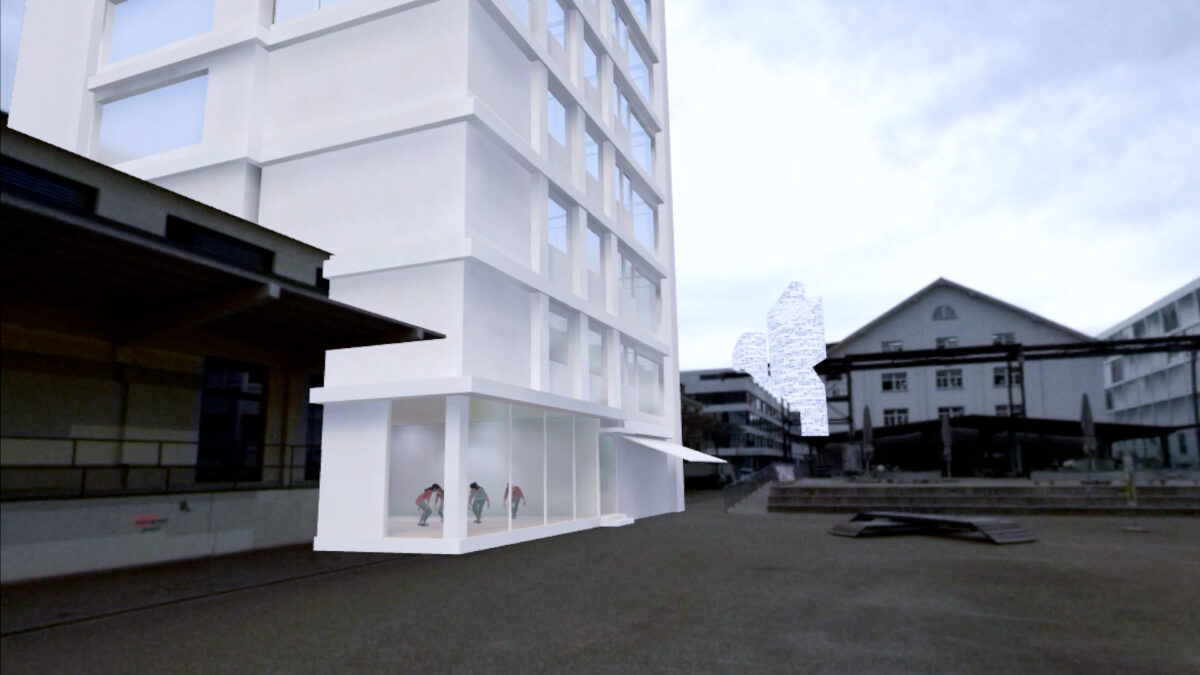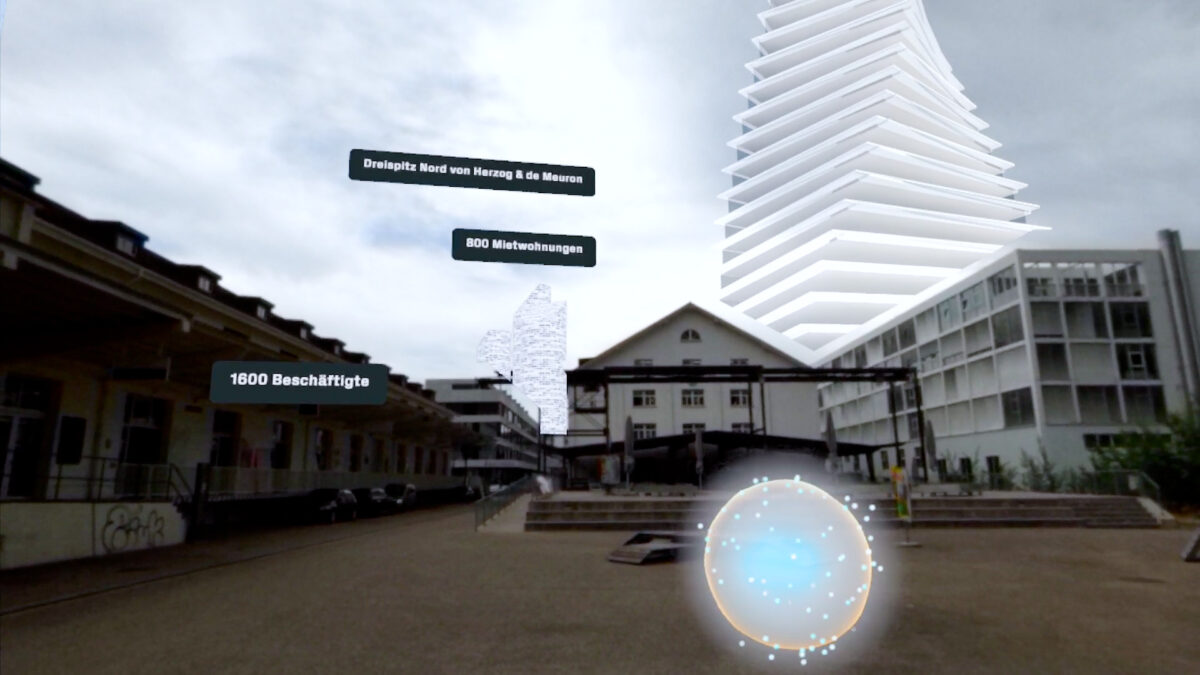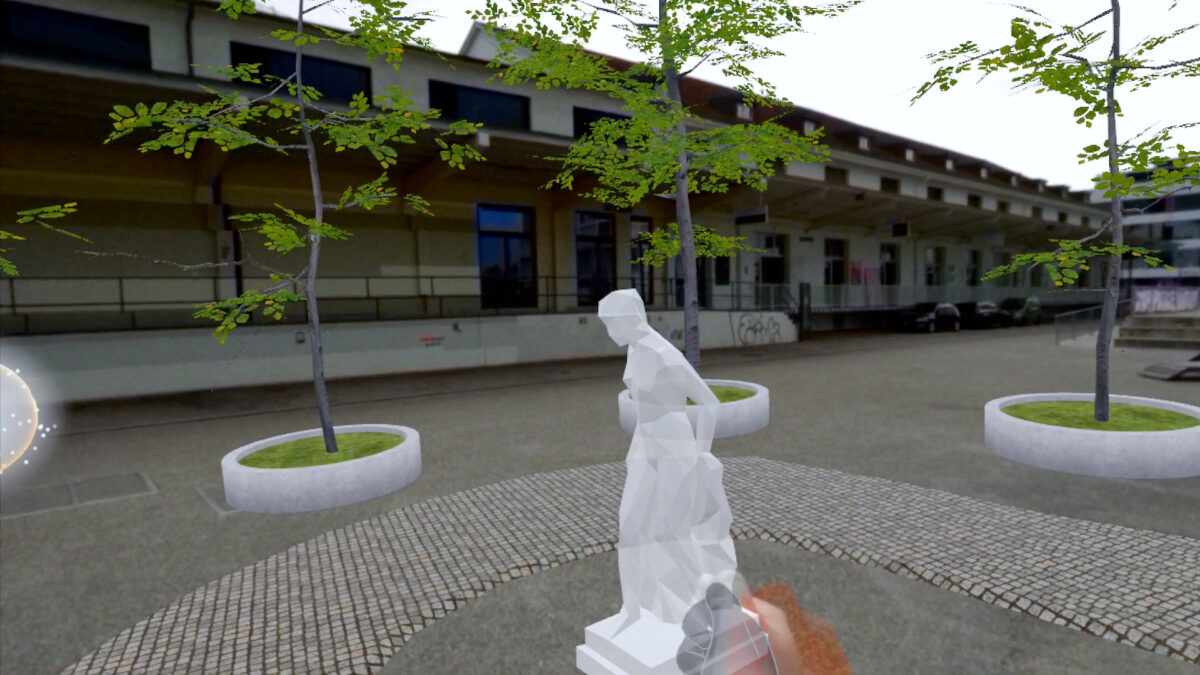
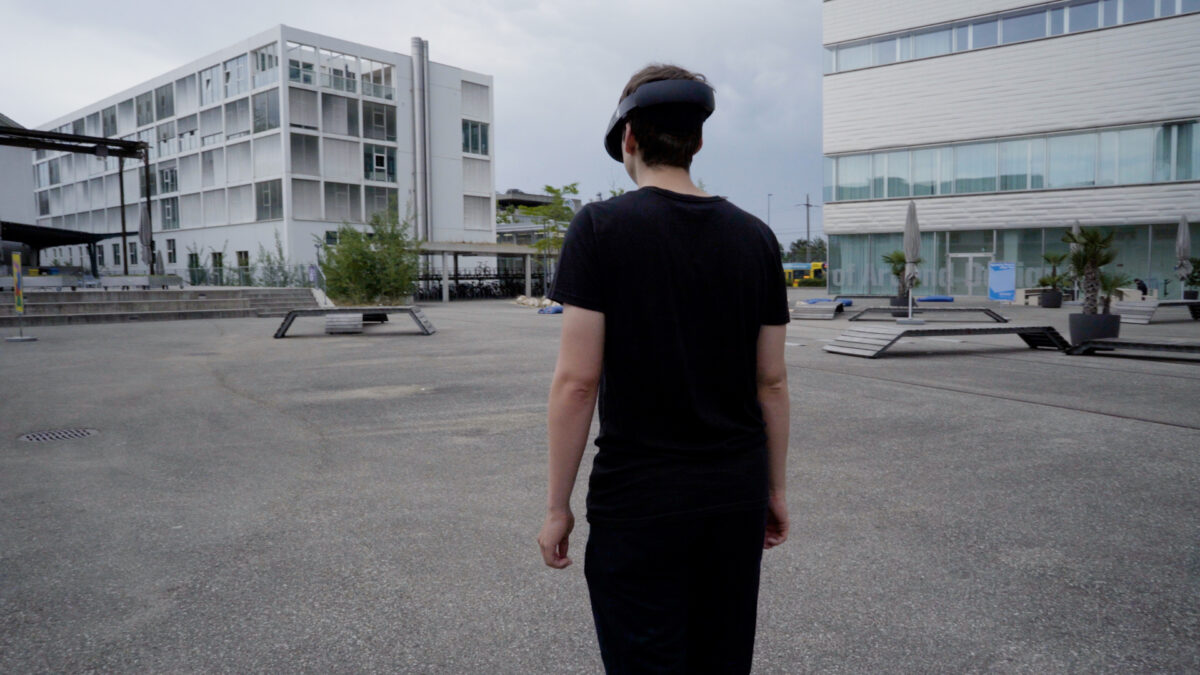
03.07.2023
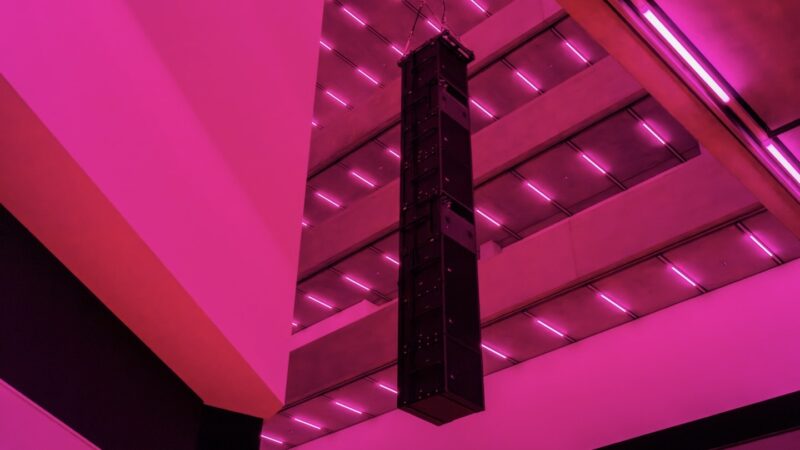
iart supports Steve McQueen’s "Bass" at Schaulager
→ Read on
Dream of Throphies: Exhibition at the Basel Historical Museum
→ Read on
iart supports Steve McQueen’s "Bass" at Schaulager
→ Read on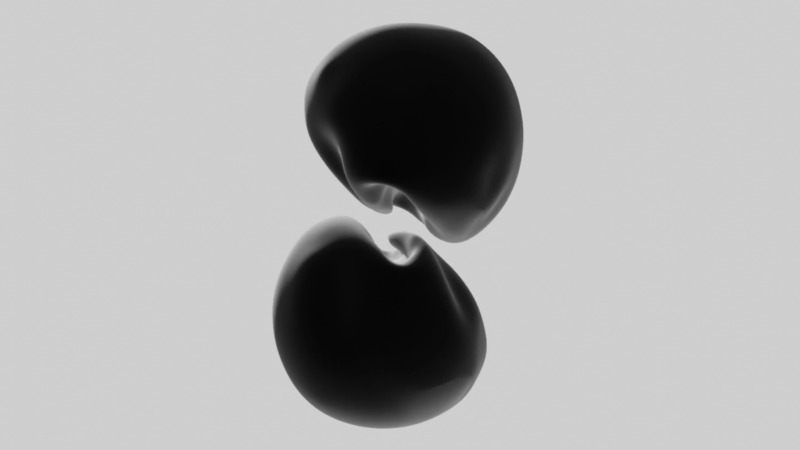
TWO at the Digital Art Mile Basel
→ Read on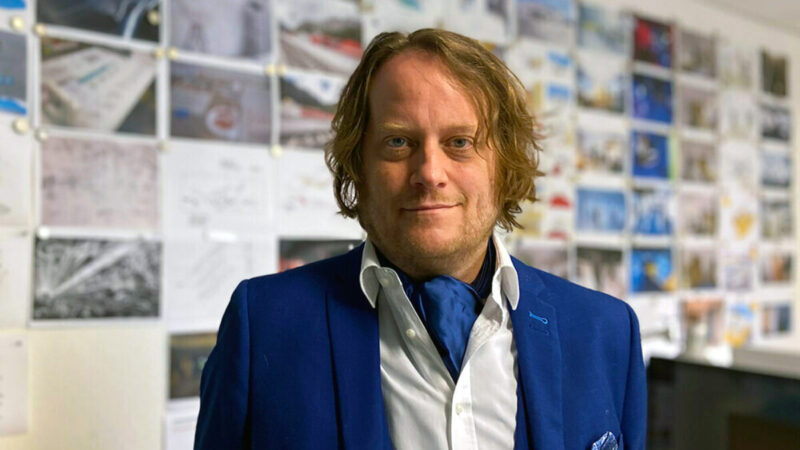
A new chapter: Frank Dittmann becomes part of iart
→ Read on
Commitment to More Sustainability: We Are a New Member of Swiss Triple Impact (Sti)
→ Read on
Catacity – the City Is Being Redesigned!
→ Read on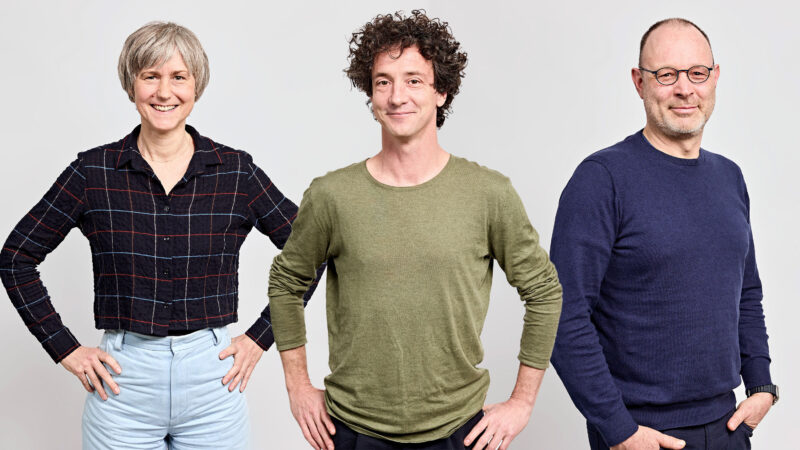
Three Experienced Minds for Your Success
→ Read on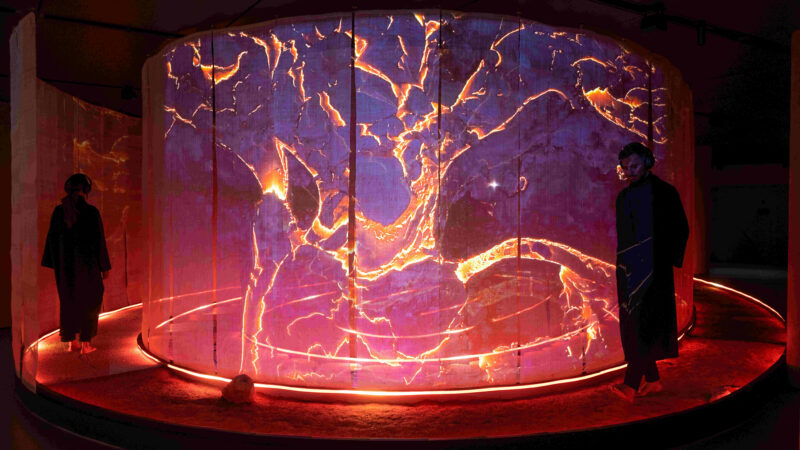
The ‘Inner Power’ Installation for Hyundai Genesis Magma Opens in Zurich
→ Read on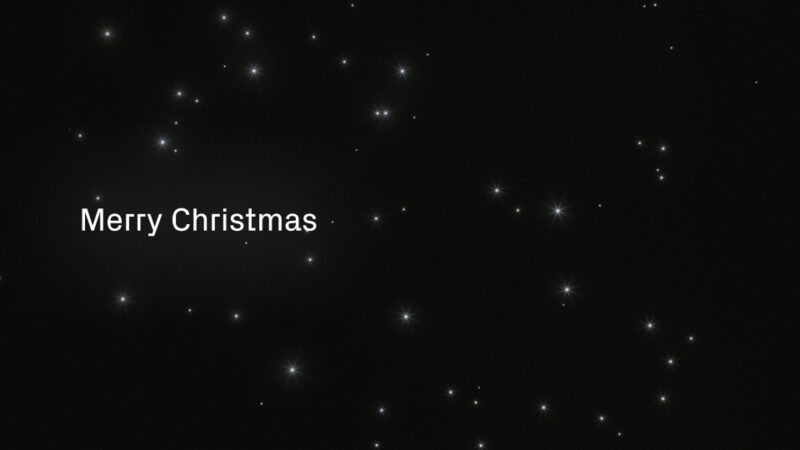
Our Studio Will Stay Closed Between Christmas and New Year
→ Read on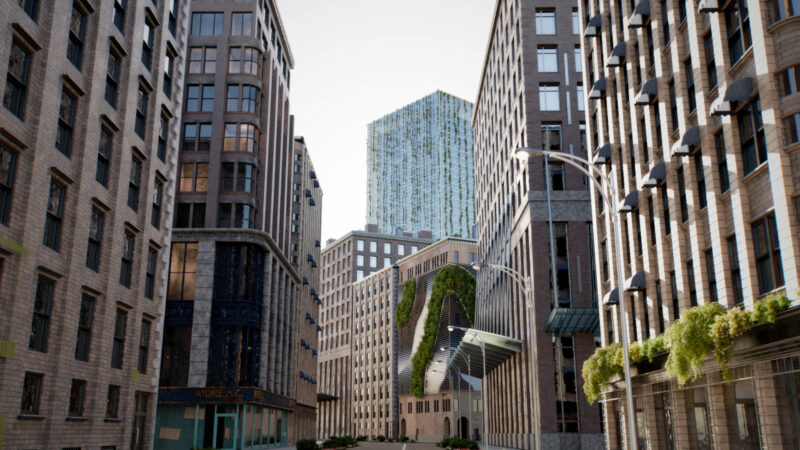
Next Generation Intelligent Skins
→ Read on
Matisse Exhibition at the Fondation Beyeler Opens with Multimedia Space
→ Read on
